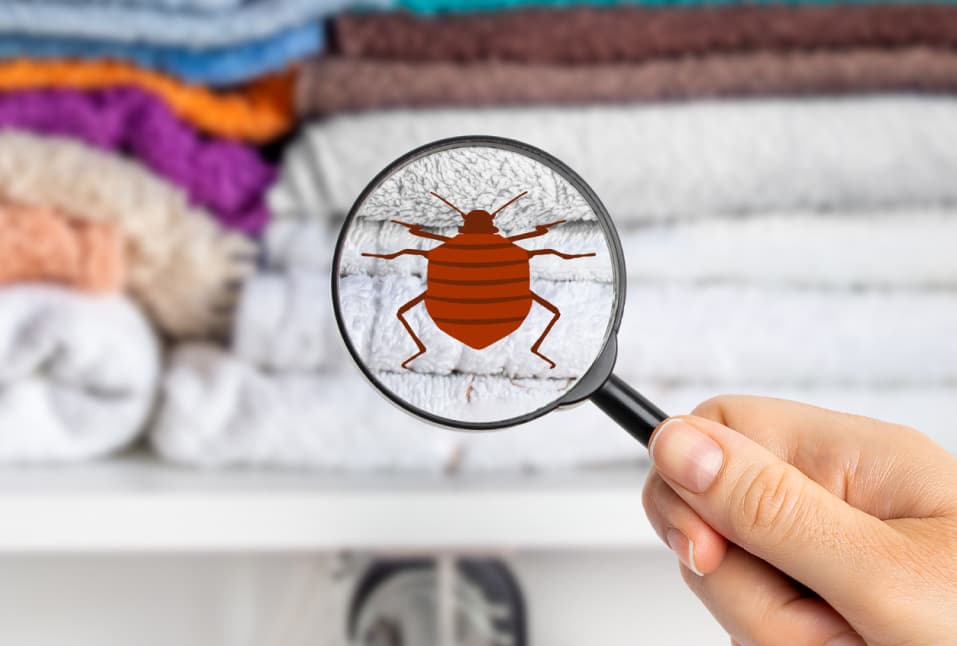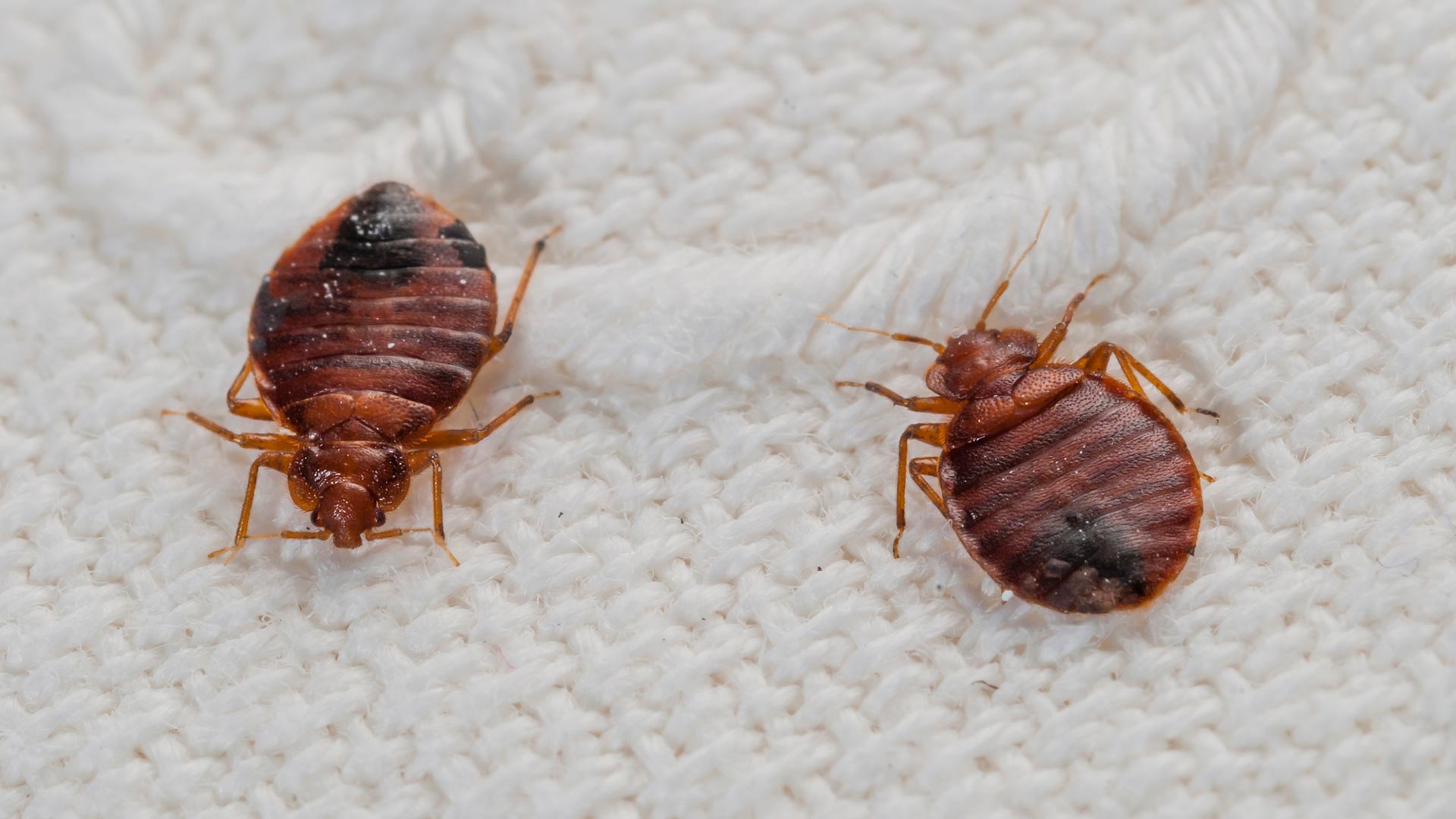Professional Bed Bug Exterminator Services for a Pest-Free Home
Professional Bed Bug Exterminator Services for a Pest-Free Home
Blog Article
Get Educated Regarding the Sorts Of Pest Control Techniques and Their Benefits for Home Owners
Recognizing the numerous bug control approaches offered to house owners is important for efficient insect management. House owners who are knowledgeable can make critical selections that not only address insect issues however likewise enhance the overall quality of their living setting.
Chemical Pest Control Approaches
Chemical parasite control approaches are a critical part of incorporated parasite monitoring strategies for house owners seeking efficient services to pest problems. These methods involve the application of chemical materials designed to get rid of or hinder bugs that endanger personal effects, health and wellness, and comfort. Typical chemicals made use of consist of insecticides, herbicides, rodenticides, and fungicides, each tailored to target certain pests.
The primary advantage of chemical bug control is its quick performance; numerous formulations give immediate results, minimizing pest populaces dramatically quickly. Additionally, advances in chemical solutions have brought about products that are extra eco-friendly and have lower toxicity levels for non-target organisms when applied appropriately.

Organic Bug Control Strategies
All-natural pest control techniques have actually obtained importance as home owners seek much safer and a lot more sustainable choices to typical chemical approaches. Organic parasite control strategies use natural killers, bloodsuckers, or virus to handle insect populations successfully. This method is not just ecologically pleasant however also minimizes the threat of injury to non-target species, consisting of beneficial insects and wild animals.
Among the most typical organic control methods involves introducing all-natural killers right into the setting. As an example, ladybugs can be utilized to regulate aphid populations, while nematodes target soil-dwelling insects like grubs. Furthermore, parasitoids-- microorganisms that reside on or within a host-- can be used to manage specific parasite species by laying eggs inside them, inevitably resulting in their demise.
An additional strategy is the usage of biopesticides, which are stemmed from all-natural products such as plants, minerals, or germs (bed bug exterminator). These items can effectively target parasites while presenting minimal danger to pet dogs and people. Generally, biological bug control strategies offer home owners with an effective ways of parasite administration that lines up with ecological principles, advertising a much healthier living atmosphere while minimizing reliance on synthetic chemicals
Mechanical Bug Control Approaches
Mechanical bug control approaches encompass a selection of approaches that physically protect against or remove insects without the usage of chemicals. These methods are especially advantageous for property owners looking for environmentally friendly choices while ensuring the safety and security of their living spaces.
One typical approach is the use of obstacles, such as traps, webs, and displays, which protect against insects from getting in homes or certain locations. Mounting home window screens can successfully maintain pests out, while using physical barriers around yards can discourage larger parasites like bunnies or deer. In addition, mechanical catches made for rodents can record and eliminate these pests without the demand for toxic substances.
Another efficient approach entails using mops and vacuum cleaners to eliminate parasites directly from surfaces. Regular cleaning and maintenance can significantly minimize insect populations by eliminating food sources and hiding areas. Utilizing gadgets like ultrasonic pest repellents can hinder different pests through noise waves that are unpleasant to them however inaudible to people.
Cultural Pest Control Practices
Cultural pest control methods concentrate on modifying the atmosphere and management bed bug heat treatment strategies to develop conditions that are less helpful to pest invasions. These practices are basic in keeping a well balanced community and decreasing the dependence on chemical interventions. By modifying agricultural techniques, house owners can properly deter parasites while promoting plant health and wellness.
One usual approach includes crop turning, which disrupts the life process of pests by transforming the kinds of plants expanded in a certain location (bed bug exterminator). This not only reduces pest populations but additionally boosts dirt wellness. Additionally, intercropping-- growing varied plants in proximity-- can puzzle parasites and lower their ability to locate their recommended host plants
Water management is one more important element of cultural methods. Correct watering strategies can prevent standing water, which functions as a breeding place for insects and other bugs. Furthermore, maintaining sanitation around the home, such as on a regular basis eliminating debris and food waste, can substantially reduce pest attraction.
Incorporating these social techniques into a thorough pest administration strategy allows house owners to produce an environment that naturally prevents parasites, consequently enhancing the efficiency of various other control approaches while promoting lasting horticulture and landscape design.

Integrated Pest Management Approaches
Integrated Parasite Administration (IPM) represents an all natural strategy that integrates numerous methods to efficiently take care of parasite populaces while lessening environmental effect. This method integrates organic, cultural, physical, and chemical methods to attain lasting pest control. By analyzing pest populations and their all-natural opponents, IPM stresses surveillance and identifying parasites prior to executing control steps.
Among the core principles of IPM is using thresholds, which develop the degree of bug activity that calls for intervention. This makes certain that treatments are applied only when required, decreasing the dependence on chemical pesticides. Organic control methods, such as presenting natural killers or bloodsuckers, operate in combination with social techniques like plant rotation and environment manipulation to interrupt pest life process.
In addition, IPM urges using least-toxic chemical alternatives when treatment is required, prioritizing items that present very little risk to non-target microorganisms and the environment. For property owners, taking on IPM approaches not only boosts the efficiency of bug monitoring however likewise promotes a much healthier living environment, promoting biodiversity and lowering chemical exposure. Inevitably, IPM equips property owners to make informed choices that stabilize pest control with eco-friendly responsibility.
Conclusion
In conclusion, recognizing the various insect control techniques encourages house owners to make informed decisions regarding pest management. Each technique-- chemical, organic, mechanical, cultural, and integrated parasite management-- provides distinctive advantages that cater to various demands and preferences.
Comprehending the different insect control approaches readily available to property owners is necessary for efficient insect monitoring.Chemical insect control methods are a vital element of integrated insect administration strategies for house owners seeking effective remedies to pest problems. Generally, biological bug control techniques supply homeowners with an effective ways of insect administration that straightens with eco-friendly principles, promoting a healthier living setting while decreasing dependence on synthetic chemicals.
Social parasite control techniques focus on changing the setting and monitoring strategies to create conditions that are much less favorable to pest problems.In conclusion, comprehending the various pest control methods encourages homeowners to make informed decisions pertaining to pest administration.
Report this page